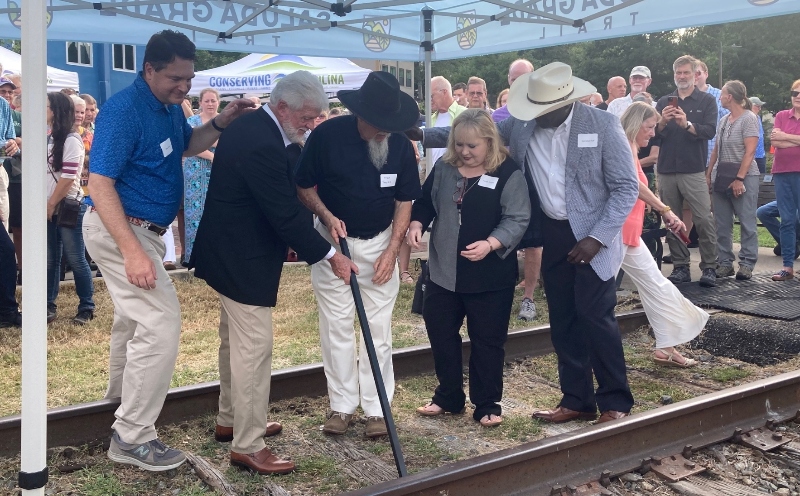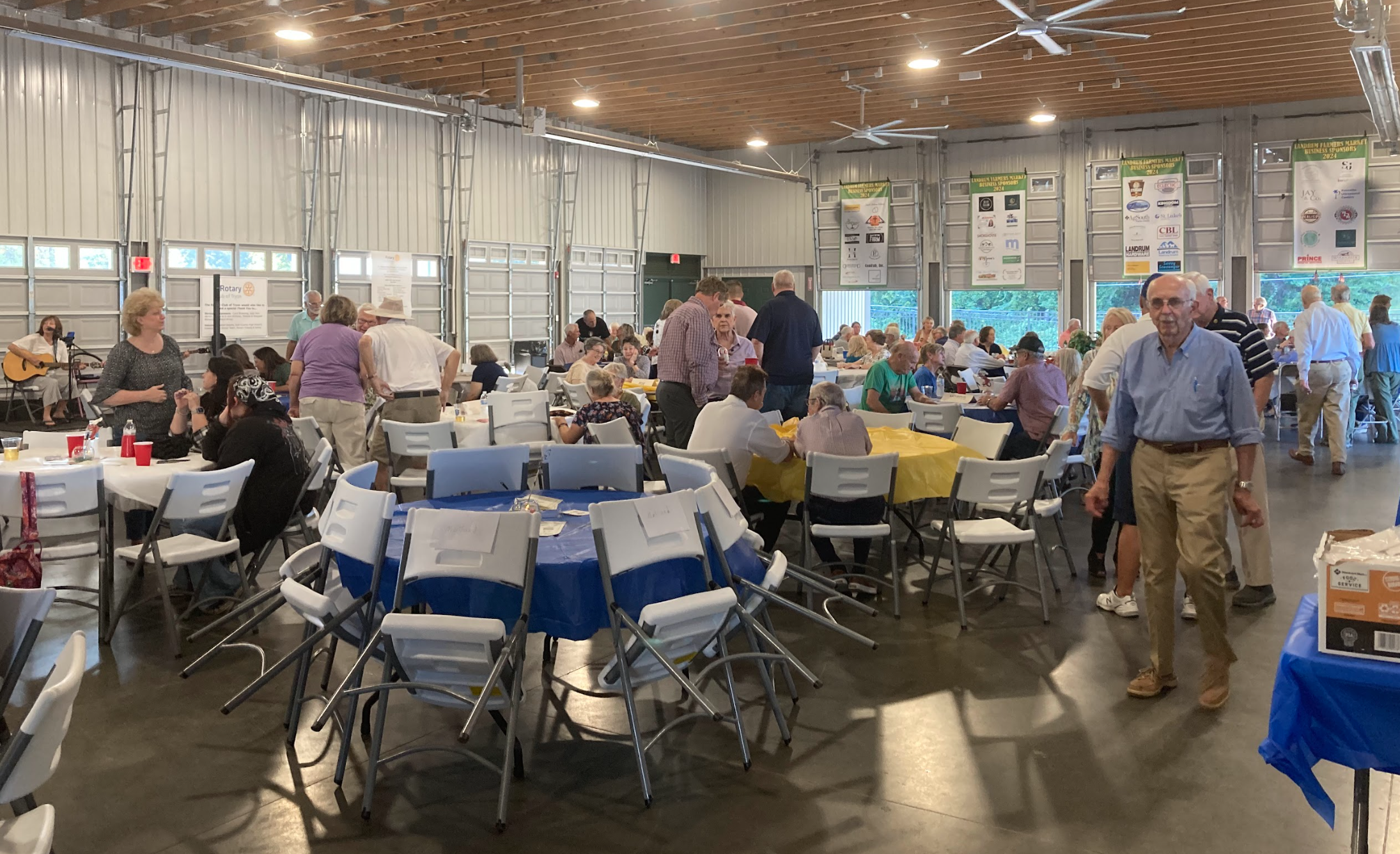Remember When: Evolution of the Tryon Horse
Published 10:00 pm Thursday, July 20, 2017
The first Tryon Horse was built of wood by Meredith Lankford and Odell Peeler, employees of the Tryon Toy-Makers and Wood-Carvers. It was ordered by the Tryon Riding and Hunt Club to advertise their Horse Show. Pulled through town by a car, the horse would lift its head and tail when its reins were pulled.
Eleanor Vance and Charlotte Yale were brought to Western North Carolina by the Vanderbilts to teach the art of wood carving to local citizens as a cottage industry. The Misses Vance and Yale moved to Tryon in 1915 and continued their work here. The large horse was scaled up from a toy design by Miss Vance.
When I was a lad attending Tryon School, we got out of school on the Wednesday of the Horse Show at Harmon Field. Elbert Arledge printed the program booklets, which took all of the shared resources of his shop and that of the Tryon Daily Bulletin, including the workers. I was one of the many who burned the midnight oil for a week or so to get those booklets printed! We also printed the admission and BBQ tickets . . . in short, everything of paper to make it happen.
Trending
I understand that the first horse was destroyed by a fire where it was stored. A successor horse was towed in dark of night to South Carolina by some adventurous young men. Unfortunately, they took a curve too fast and the horse tipped over and went off the road. They then shot it full of holes.
When the late Holland Brady told this tale at a meeting of the Polk County Historical Association, he said that “since the horse was injured in the mishap, they shot him.”
The late Bulletin columnist Bob Witty told a more charitable tale of “The Wilderness Road Gang,” which included the late Norme and Betty Frost, decorating the horse at Christmas time with a colorful garland and a rakish top hat. I believe they also christened the horse “Morris.”
Succeeding horses have all deteriorated in a few years to the point of requiring replacements. This latest iteration is made of fiberglass and should go the distance. Morris has now become a symbol of Tryon, rating a historic marker and a permanent place in the center of town.
A lot of my fellow pupils at Tryon School carved beautiful little chests of black walnut for their mothers. I would like to have done that, too, but I worked every afternoon after school at the Bulletin office. My friends were in the “Boys Club” and thus learned to carve from the Misses Vance and Yale.
A notable carver was Miss Pauline Miller, later Mrs. A. J. Cowan, who advanced rapidly in the Wood-Carvers and left a house full of her beautiful work. Her daughter Libby has now put most of it in a museum in Asheville, for all to enjoy.
Trending
When I reviewed the Cemetery book published by the Polk County Historical Association, I wrote that it was “a good read.” One does not normally “read” a reference book that is simply a long list of people’s names and dates of their birth and death, together with their epitaphs and location of their final resting places . . . but for me, the book is like a walk through the cemeteries, where the grave markers speak to me of my deceased family members as well as friends and acquaintances.
If you should decide that there is some merit in this activity, and stroll through the Tryon cemetery, you will find the markers for the Misses Vance and Yale and Norme and Betty Frost.





